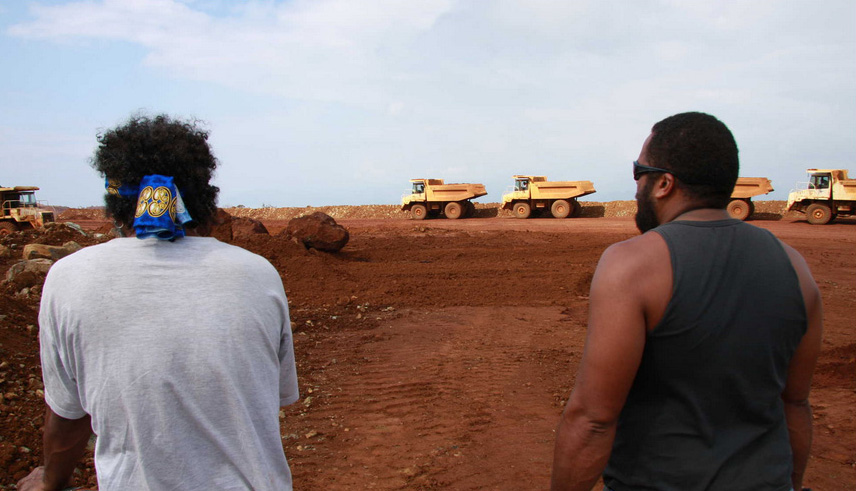
AUCKLAND (NZ International Film Festival / Pacific Media Watch): A groundbreaking documentary about a coastal Kanak community and the pollution of their traditional fishing grounds in New Caledonia will be premiered at the New Zealand International Film Festival next month.
Cap Bocage, named after the tribal location in the north-east of Grand Terre island, is directed by New Zealand filmmaker and television lecturer at AUT University Jim Marbrook, and climaxes a project that began in 2007 and has involved many trips to New Caledonia.
The 74-minute documentary in both English and French languages is a close-up exploration of the forces that came into play when environmental issues and indigenous rights became intertwined in New Caledonia.
Marbrook, director of Mental Notes and the original Dark Horse doco, follows the long environmental campaign that followed the pollution of the fishing grounds from the nearby Ballande nickel mine in 2008.
Cap Bocage was given an initial small seed grant by the Pacific Media Centre and was supported by a Creative New Zealand grant.
The film festival website describes the documentary:
At Cap Bocage in New Caledonia in early January 2008, heavy rains washed toxic sludge from the hilltop nickel mines into Kanak customary fishing grounds below.
Coastal village people testify that it’s the dramatic culmination of a slow and steady pollution that’s been going on for 30 years.
Aucklander Jim Marbrook’s documentary follows independence activist Florent Eurisouké as he and the environmental organisation Mèè Rhaari take on the mining company, Ballande.
Refusing any compromise, Mèè Rhaari demands repair and restitution. It’s a drawn out struggle, punctuated with judicial interventions and court-appointed environmental reports.
Every delay favours Ballande as time and tide gradually disperse the spill into the ocean; meanwhile, Mèè Rhaari can act only with the endorsement of the traditional council leaders.
Divisions grow between Eurisouké and the "realists" among the elders. Their pragmatic accommodation to life with Ballande is openly admitted, but the details are, significantly, kept off camera. The charismatic Eurisouké constitutes a dynamic force field in Marbrook’s telling picture of a French Pacific territory deeply divided on the issue of independence.
July 22, 6pm, Academy
July 23, 11.15pm, Academy
This work is licensed under a Creative Commons Attribution-NonCommercial 3.0 New Zealand Licence.




